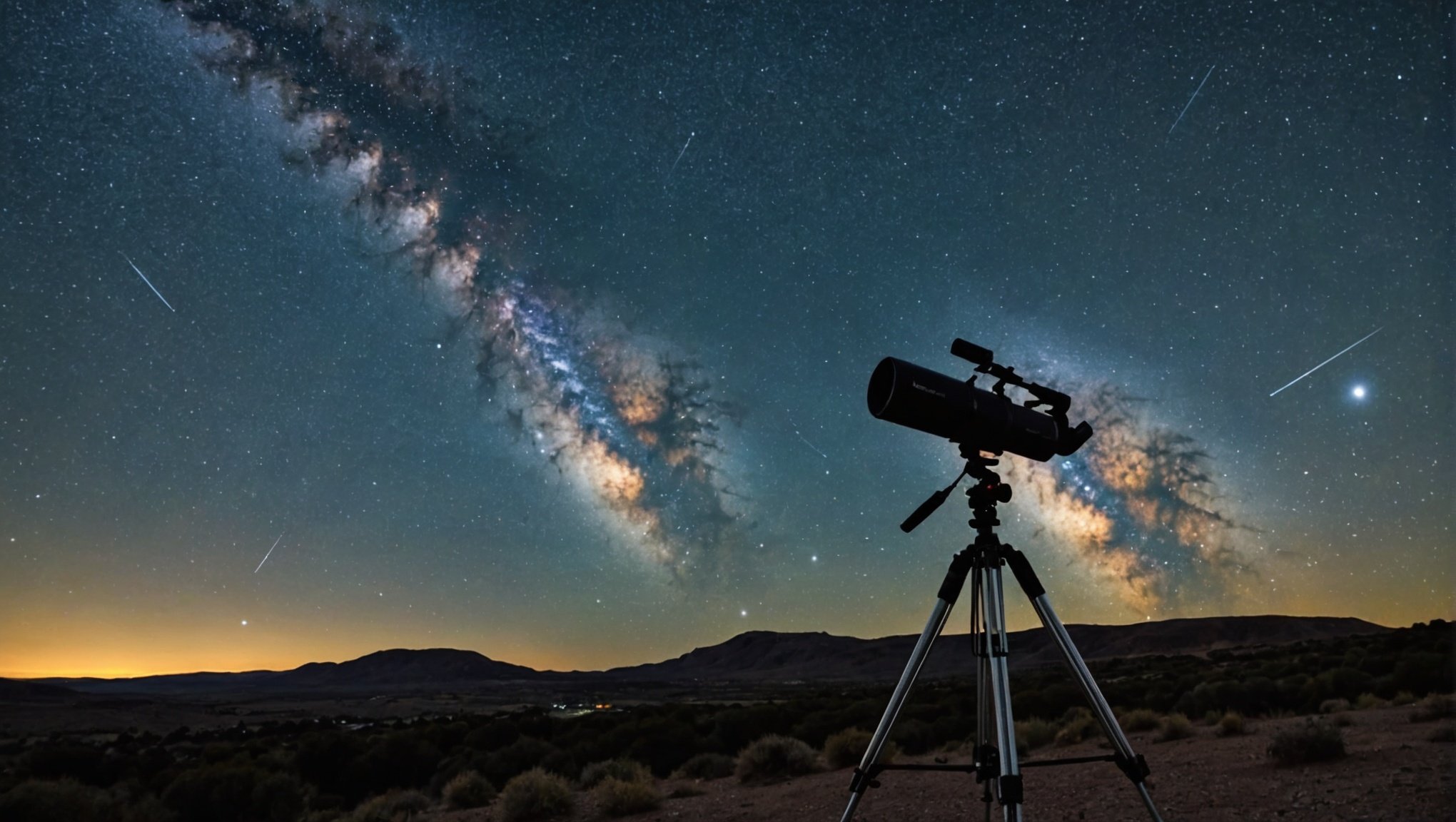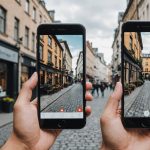In the digital age, where smartphones have become an essential part of our lives, they also offer an accessible gateway into the fascinating world of astrophotography. No longer is it necessary to invest in expensive, high-tech equipment to capture the stunning visuals of the night sky. Instead, you can use your smartphone to capture real-time images of celestial objects that will leave others awestruck. In this article, we will guide you on how to utilize your smartphone for real-time astrophotography.
Choosing the Right Smartphone
Astrophotography demands a smartphone with specific capabilities. Not every phone on the market will do. Here, we will explore the critical features your smartphone should have for your astrophotography journey.
Also read : How to Set Up a Smart Greenhouse Using Your Smartphone?
Firstly, a smartphone with a high-quality camera is a must. Look for a phone with a high megapixel count and a large sensor size. These features improve the resolution and light sensitivity of your images. Some smartphones, like the latest iPhone or Samsung models, come with a dedicated night mode, which is beneficial for astrophotography.
Secondly, consider the manual control options available on the smartphone. Some phones allow you to adjust the ISO, focus, and shutter speed, which are vital for capturing the perfect night sky image.
Topic to read : Can You Use Your Smartphone to Control Smart Home Hydroponics Systems?
Finally, remember that your smartphone needs to have a good battery life. Astrophotography can be a lengthy process, and you don’t want your phone to die midway through.
Using the Right Apps
Smartphone apps are a game-changer in the world of astrophotography. These apps can help you locate celestial bodies, control your camera settings, and even process your images to bring out the best in them.
Star-finding apps like Star Chart or SkyView can help you locate the celestial bodies you want to capture. They use your phone’s GPS and compass to identify the stars, planets, and constellations visible from your location.
Camera control apps such as ProCam or Camera FV-5 allow you to control your camera settings manually. They let you adjust the ISO, shutter speed, and focus for optimal astrophotography settings.
Finally, image processing apps like Snapseed or Adobe Lightroom Mobile can help you enhance your astrophotography images. They can adjust the contrast, saturation, and sharpness of your images to bring out the best in them.
Setting Up Your Shot
Setting up your shot correctly is crucial for successful astrophotography. This section will guide you through the process of setting up your shot for the best results.
To start, choose a location that is far away from city lights. Light pollution can greatly affect the quality of your images. The darker the environment, the better you’ll be able to see and capture the stars.
Next, mount your smartphone on a tripod. This will ensure stability and avoid any blur caused by hand movements. If you don’t have a tripod, any stable surface will do.
After that, focus your lens on the night sky. Some smartphones have a manual focus option, but if yours doesn’t, try focusing on a distant object or use the infinity focus setting if available.
Capturing the Image
Once you’ve set up your shot, it’s time to capture the image. Here’s how to do it right.
First, adjust your camera settings. Set your ISO to a high value (800 or higher) and your shutter speed to a slow value (15 seconds or slower). This will allow your camera to capture more light and detail.
Then, use a timer or a remote shutter to take the picture. This will prevent any movement from touching the phone and ensure a sharper image.
Lastly, take multiple shots. This will increase your chances of getting a perfect image, and you can also stack these images later for a more detailed result.
Processing Your Images
Post-processing is an essential part of astrophotography. It allows you to enhance the details of your images and reduce any noise caused by high ISO settings.
Start by selecting the best images from your captures. Look for images that are clear, well-exposed, and have minimal blur.
Use an app like Adobe Lightroom Mobile or Snapseed to adjust the brightness, contrast, and saturation of your image. Be careful not to overdo it, as this can lead to artificial-looking results.
Next, reduce any noise in your image. Most image processing apps have a noise reduction option for this purpose.
Finally, consider stacking your images. This technique involves layering multiple images on top of each other to improve the image’s detail and reduce noise. Several apps, like DeepSkyCamera and Astro Pixel Processor, can do this on your smartphone.
Astrophotography with a smartphone may seem daunting at first, but with the right tools and techniques, anyone can capture stunning images of the night sky. The process involves selecting the right smartphone, using appropriate apps, correctly setting up your shot, capturing the image, and processing it to bring out the best details. So, gear up and get ready to explore the universe through your smartphone lens.
Additional Accessories for Smartphone Astrophotography
Aside from the smartphone itself and the useful apps, there are various accessories which can significantly improve your astrophotography experience. This section will guide you through these additional tools which can enhance your smartphone astrophotography.
To begin with, a smartphone adapter for a telescope can be a game-changer. Many celestial objects which are hard to capture with a smartphone alone can be seen clearly with a telescope. An adapter can help you mount your phone on the telescope and capture these mesmerizing sights.
A sturdy tripod is another essential accessory. It aids in stabilizing your phone, thus minimizing blurred images due to shaky hands. Some tripods come with a smartphone adapter and a Bluetooth remote for hands-free shooting.
Investing in a good power bank is also advisable. Because of the long exposure times in astrophotography, it can quickly drain your phone’s battery. A power bank ensures that you have a backup power source, so you don’t miss out on capturing any celestial events.
In addition, consider purchasing a lens kit for your smartphone. These kits usually include a wide-angle lens, a fisheye lens, and a macro lens. For astrophotography, the wide-angle lens is particularly useful as it allows you to capture a larger field of view.
Lastly, don’t forget the importance of a good carrying case. It can help protect your smartphone and other accessories from potential damage while you travel to and from your astrophotography location.
Smartphone astrophotography is an exciting and accessible way to explore the night sky. It allows anyone with a decent smartphone to capture stunning images of celestial objects. By choosing the right smartphone, utilizing helpful apps, setting up your shot correctly, capturing the image, and processing your results, you can achieve impressive astrophotography results.
Don’t be afraid to experiment with different settings, locations, and techniques. The beauty of smartphone astrophotography is that it’s a learning process, and there’s always something new to discover.
Moreover, investing in additional astrophotography accessories can significantly enhance your experience and the quality of your images. From smartphone adapters for telescopes to power banks, these tools can help you achieve the best possible results.
Remember, the most important part of astrophotography – or any photography, for that matter – is to enjoy the process. So, venture out into the night, look up at the stars, and start capturing the celestial wonders right at your fingertips.











